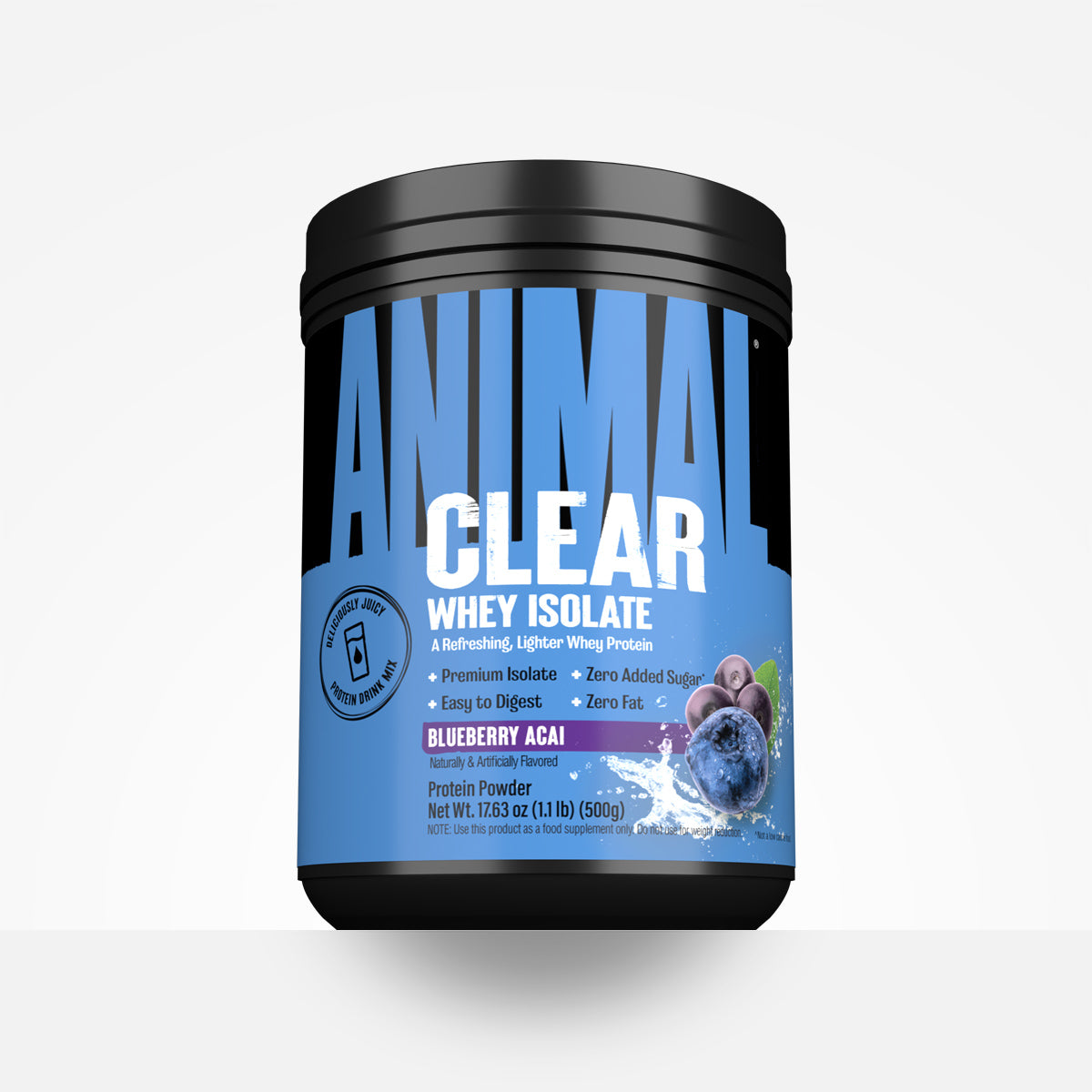What Is Digestion?
Now we can’t just talk about foods without understanding what digestion is. Digestion is the mechanical and enzymatic process that breaks down food into a usable form for the GI tract to absorb. This is very important for bodybuilders since we rely on food to transform our physiques. If you can’t properly absorb your food, it is limiting your muscle building potential.Digestion begins in the mouth and doesn’t end until it reaches the end of the colon. Enzymes, bile salts, communal bacteria, and acids contribute to this process. We can use specific foods to optimize these components of the GI tract.
Assess Your Foods
Before looking at foods to aid digestion, make sure to assess your own diet for foods that may be causing a problem. Pay attention throughout the day if you are bloating, gassy, constipated, or even belching a lot. Make a note of with what meals it happens and look at eliminating one food at a time. You may not have food allergies but you could have food sensitivities. Look to food items such as dairy, egg whites, avocado, cruciferous vegetables, potatoes, and wheat products as potential culprits in poor digestion.
Let’s jump into John and Evan’s top digestion picks.
John’s Digestion Picks:
1. Extra Virgin Olive Oil (EVOO)
Extra virgin olive oil is high in monounsaturated fats which have been shown to be beneficial for whole body inflammation.1 This can range from cardiovascular disease to inflammatory conditions in the GI tract. An inflamed gut is not ideal for absorbing nutrients and can hinder getting nutrients to building muscle.Look for EVOO in a dark glass bottle. This will ensure light has not disrupted the structure of the EVOO.
EVOO is great as a toping on food—add it into rice, potatoes, and/or vegetables of choice. It is calorie dense so make sure it fits into your calorie allotment for fat per day.
2. Sauerkraut
Sauerkraut is a fermented food that contains live cultures. The probiotic found in sauerkraut can have a range of benefits in supporting healthy gut flora and digestion.2 However, clinical trials are lacking in this area.When purchasing sauerkraut, it must say “live active culture” or “probiotic” on the label and it will also say raw unpasteurized. This is sauerkraut found in the refrigeration aisle at the grocery store. Any non-refrigerated sauerkraut was likely heated in the canning process which kills the active cultures.
Sauerkraut is a great addition to any meal. Adding it to a beef or chicken meal provides a nice flavor as well as some moisture.
3. Pineapple
Pineapple naturally contains the protein enzyme bromelain. If you’ve ever tried a pineapple marinade on your meat overnight, you might notice the meat is broken down and tenderized. This is due to the protein enzyme starting to break down the meat. Pineapple can aid digestion in this way, making meat easier to digest. Also, bromelain can decrease muscle soreness and improve recovery from training.3Fresh pineapple is always a great choice. Don’t purchase canned versions that have added sugar.
Although pineapple is a great addition to any meal, it’s best to take advantage of the recovery aspect it offers pre or post workout.
Evan’s Digestion Picks:
1. Beets
Beets are a power packed vegetable with numerous health benefits. Outside of digestion, they may have cardio protective effects and anticancer properties.4 For digestion, they are a source of dietary fiber and have a systemic anti-inflammatory effect. Another possible benefit is the ability to improve exercise performance in endurance events via nitric oxide.5When purchasing beets, it is best to go fresh. Pickled beets can have added sugars and preservatives.
Beets can be shaved into salads or as an addition to any meal. Get ready for an earthy taste!
2. Ginger
Ginger has been used for many years to relieve nausea and vomiting symptoms. Ginger increases gastric motility and gastric emptying.6 In laymen terms, it makes food move through you faster. This is great for increasing appetite, which is much needed for the offseason bodybuilder. Anecdotally, it can help with gas and indigestion as well.Purchase raw ginger and shave some into any meal. One teaspoon minced is enough to flavor a meal and give some digestive aid.
3. Papaya
Evan’s recent knee surgery had him seek out any food that would help in the recovery process. Evan says his papaya intake helped speed up his healing. Papaya is high in papain, a protein enzyme that can aid in recovery of skeletal tissue and connective tissue.3 Papaya works very similarly to pineapple in that regard.Although fresh is the way to go, frozen papaya can be an option as well.
Papaya is great to eat at any time, but eating it pre or post workout may give you more muscle recovery.
Evan and John are not done. Stay tuned for the final picks in the next installment of “Feeding the Animal: Digestion.”
References
1. Souza P, Marcadentia A, Portal VL (2017). Effects of Olive Oil Phenolic Compounds on Inflammation in the Prevention and Treatment of Coronary Artery Disease. Nutrients 30;9(10).2. Marco ML , Heeney D, Binda S, Cifelli CJ, Cotter PD, Foligné B, Gänzle M, Kort R, Pasin G8, Pihlanto A, Smid EJ, Hutkins R. (2017) Health benefits of fermented foods: microbiota and beyond. Curr Opin Biotechnol ;44:94-102.
3. Miller PC, Bailey SP, Barnes ME, Derr SJ, Hall EE(2004). The effects of protease supplementation on skeletal muscle function and DOMS following downhill running. J Sports Sci 22(4):365-72.
4. Clifford T, Howatson G, West DJ, Stevenson EJ. (2015) The potential benefits of red beetroot supplementation in health and disease. Nutrients 12;7(4):2801-22.
5. Clements WT, Lee SR, Bloomer RJ (2014). Nitrate ingestion: a review of the health and physical performance effects. Nutrients 18,6(11):5224-64.
6. Marx W, Ried K, McCarthy AL, Vitetta L, Sali A, McKavanagh D, Isenring L (2017). Ginger-Mechanism of action in chemotherapy-induced nausea and vomiting: A review. Crit Rev Food Sci Nutr 57(1):141-146.

















